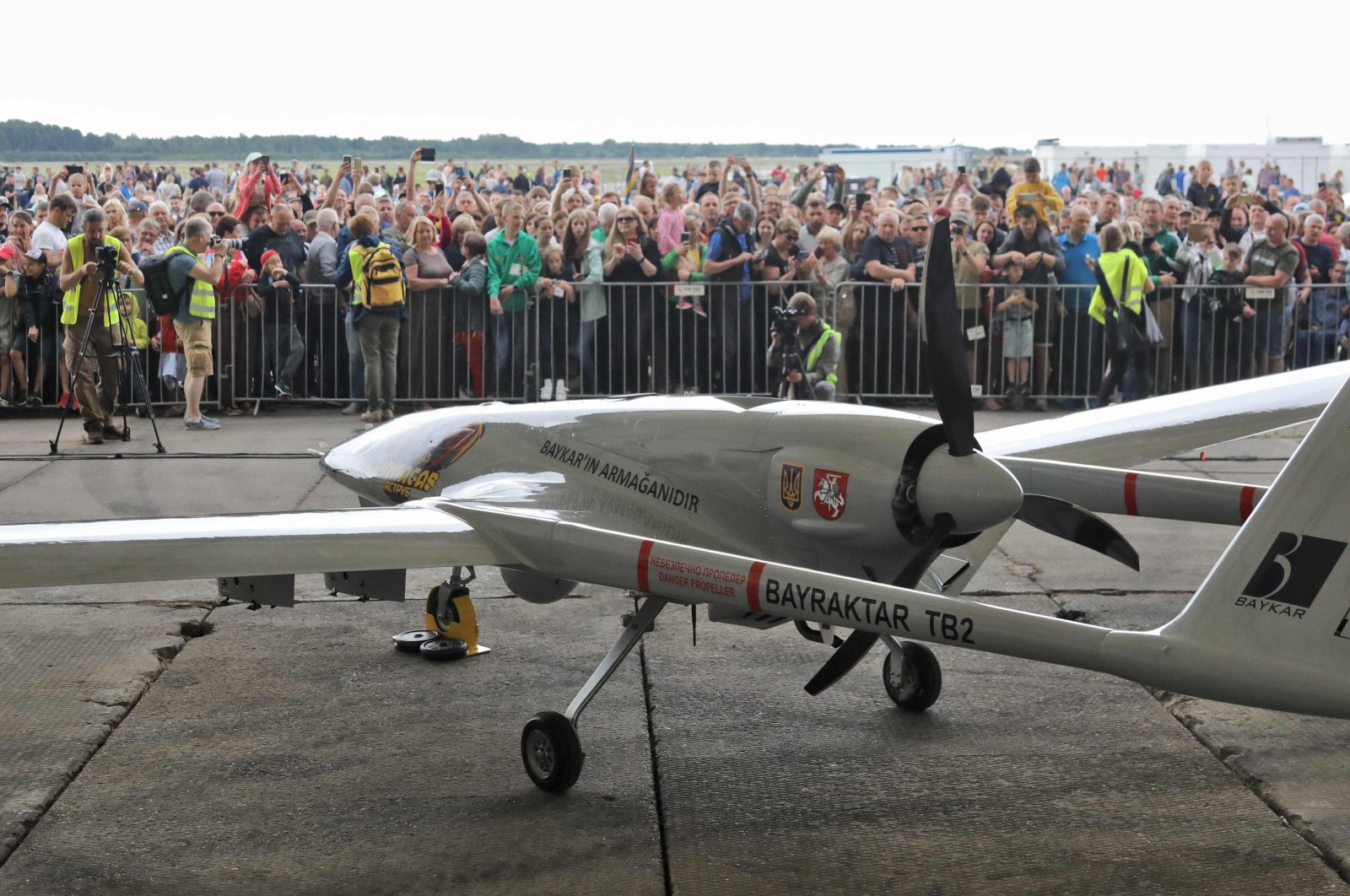Amazon’s artificial intelligence breakthrough at the Racing Awards
In a spectacular demonstration of the interplay between technology and sport, the upcoming Canadian Grand Prix in Montreal will premiere a trophy designed by Amazon Web Services’ (AWS) cutting-edge artificial intelligence Titan AI. The event, scheduled for Sunday, will feature a trophy created not only by human imagination, but also by the advanced capabilities of AWS’s cloud department.
Amazon Titan AI, the creative engine, launched in February and has since revolutionized the image design process. Adept at processing complex multi-element instructions, this AI delivers studio-quality image output that revolutionizes advertising, e-commerce and entertainment.
For the trophy design, the AI was guided by a detailed query depicting a slim, aerodynamic silver trophy on a square marble base. Spiral airstreams reflect the complex aerodynamics seen in Formula 1 racing, mixed with swirls and vortices to symbolize the complex fluid dynamics simulations run on AWS’s high-performance computing, crucial for development cars.
A human-assisted design process
Although AI-driven, the design required a human touch to reach its final form. After Amazon Titan Image Generator produced the first 2D image, a 3D designer specializing in computer-aided design transformed the digital concept into a full-fledged 3D model. In addition to AWS, subtle but intricate details were included, such as a leaf and waves to symbolize Canada and the St. Lawrence River.
After the 3D print of the design was transformed into a life-size resin model, a skilled silversmith used a 72-hour electroforming process to coat the mug in real silver. His works added a unique texture and surface.
The innovative trophy will be awarded in four editions for the winner, second place, third place and the winning manufacturer during the Canadian Grand Prix, which begins on Sunday June 9, 2024 at 8:00 p.m. French time.
Fundamental questions:
1. What is the significance of AI in trophy design?
The introduction of AI into trophy design represents a significant shift from traditional manual craftsmanship to a more technology-driven process. It demonstrates how AI can be used creatively to produce artwork that captures the spirit of an event.
2. How does Amazon Titan AI support design effectiveness and innovation?
Amazon Titan AI handles complex instructions and quickly generates visual output, potentially saving time compared to traditional design methods. This efficiency can drive greater innovation by allowing designers to experiment with AI-generated concepts more quickly.
Challenges and controversies:
One of the main challenges is integrating AI into the design process without undermining the value of human creativity and expertise. Although AI can generate innovative design concepts, some would argue that it lacks the intuition and emotional depth of human designers. Additionally, controversies could arise around intellectual property rights as AI becomes more involved in the creative process. Determining who owns the rights to AI-generated designs can be complex.
Advantages and disadvantages:
Benefits:
– AI can analyze large amounts of data for inspiration, which can lead to more innovative designs.
– Increase efficiency by generating iterative concepts and designs.
– Ability to simulate how the design will interact with the physical world (e.g. aerodynamics).
The inconvenients:
– Potential to reduce the value of human creativity and design know-how.
– Complex issues around origin and intellectual property rights may arise.
– Risk of excessive dependence on technology, and therefore a potential lack of skills among designers.
For more information about Amazon Web Services, you can visit their main website at AWS. For more details on the Grands Prix and their schedule, you can explore the official Formula 1 website at Formula 1.

“Devoted reader. Thinker. Proud food specialist. Evil internet scholar. Bacon practitioner.”







